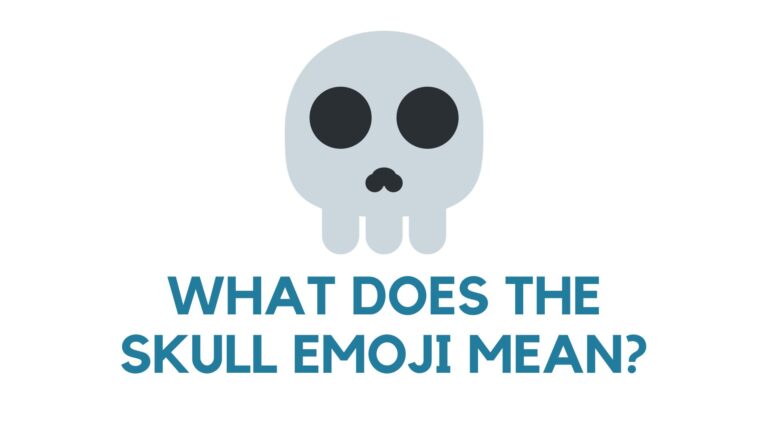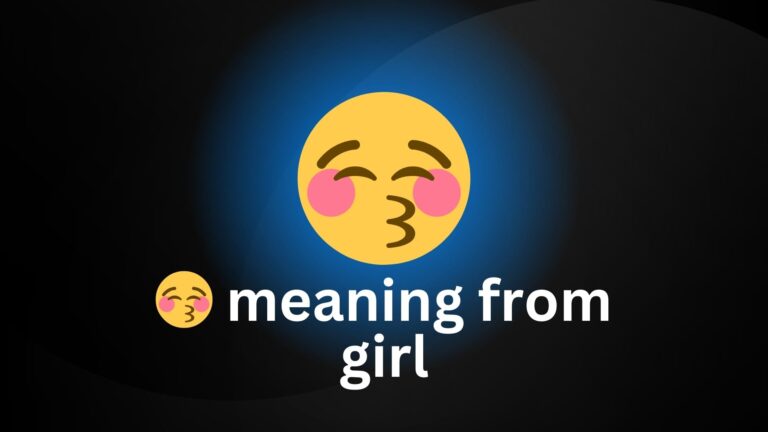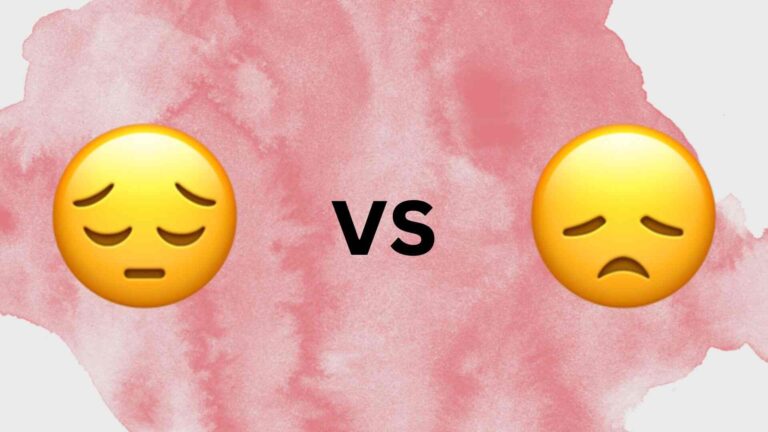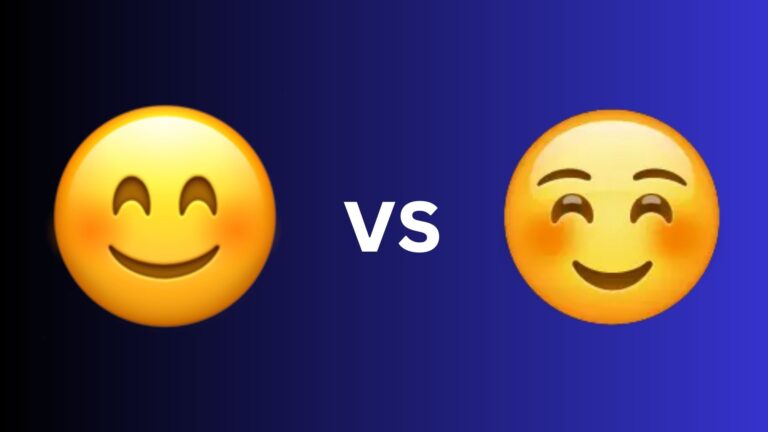😂 vs 😆: A Comparison of Laughter Emojis
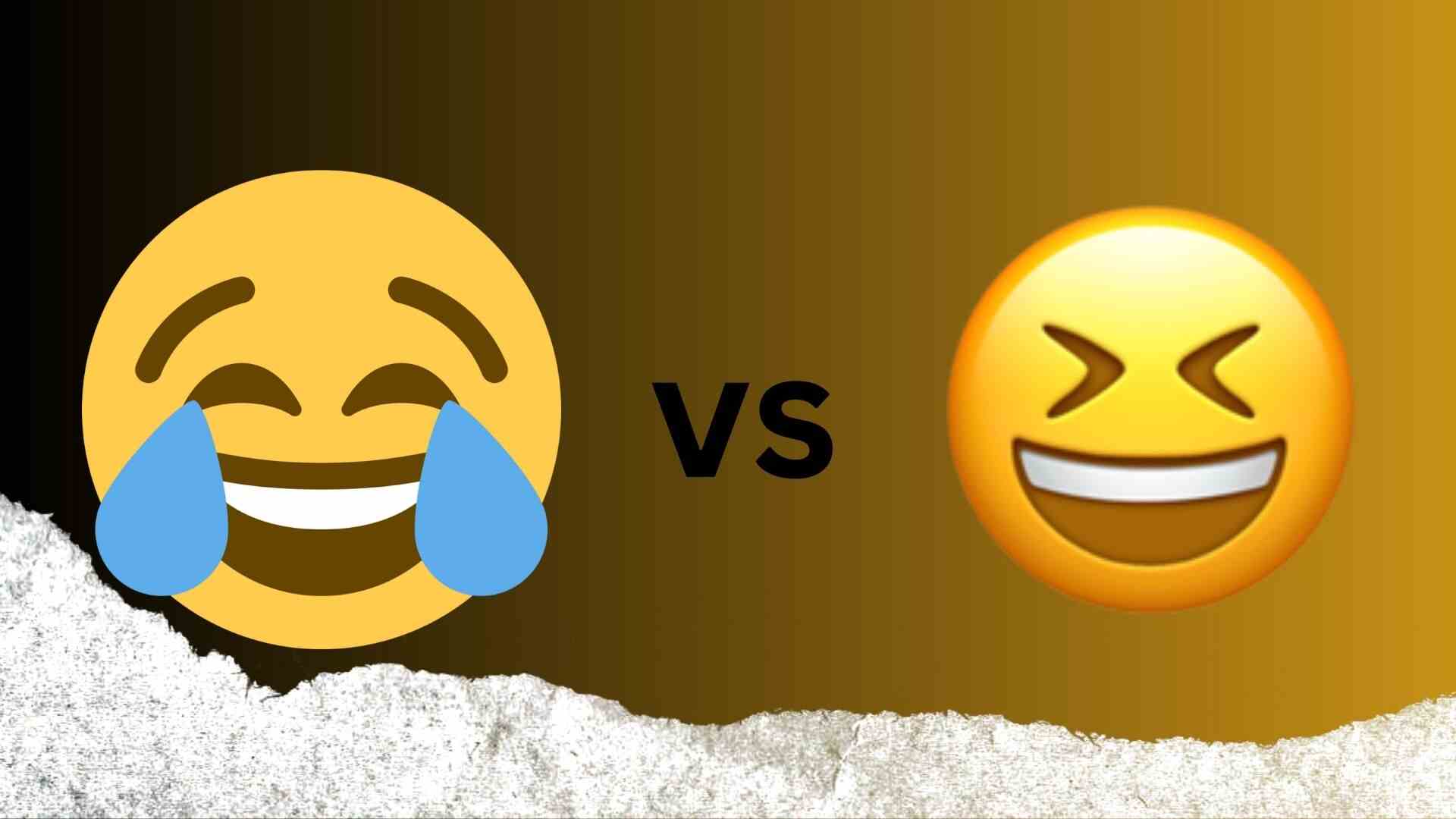
😂 vs 😆: 😂 meaning, 😆 meaning,
Now everyone knows that emojis have become an integral part of our conversation, which means we use these emojis to understand & complete our discussion.
If you are newly reading this article or don’t understand or know the meaning of emoji, then you can check out our articles which give you a brief idea of emoji meanings.
Today we’ll discuss these two emojis’ meanings and also try to discuss how these emojis are different from each other, to understand these emojis’ meanings you need to the situation where these emojis are used to express user emotions.
As we said already, we are going to compare this 😂 emoji with other emojis to understand the meaning and usability of this emoji. By using this emojis comparison use get an idea to understand the emoji’s meaning.
Contents
😂 vs 😆:
Laughter is a universal language that brings joy and lightness to our lives. In the realm of digital communication, emojis play a vital role in expressing emotions, including laughter.
Two commonly used emojis that represent laughter are “😂” and “😆”. In this article, we will explore the differences and similarities between these laughter emojis, their meanings, and how they are used in various contexts.
😂 Emoji Meaning
The “😂” emoji, known as the “Face with Tears of Joy,” is one of the most popular emojis used to represent laughter. It portrays uncontrollable laughter, often to the point of tears.
This emoji is typically used to convey extreme joy, amusement, or hilarity. It signifies that something is incredibly funny, causing the person to burst into fits of laughter.
😆 Emoji Meaning
The “😆” emoji, known as the “Grinning Squinting Face,” also represents laughter and amusement. It depicts a wide, open-mouthed smile with closed eyes.
This emoji is often used to convey laughter, amusement, or a sense of joy in response to something funny or entertaining. It signifies a light-hearted and jovial reaction to humorous content or situations.
😂 vs 😆: Differences in Facial Expressions
While both the 😂 and 😆 emojis represent laughter, they differ in their facial expressions. The 😂 emoji features tears streaming down the face, emphasizing the intensity of laughter and uncontrollable joy.
On the other hand, the 😆 emoji showcases closed eyes, representing a squinting expression and a wider, more relaxed smile. It conveys a sense of amusement and delight without the same level of intensity as the 😂 emoji.
1. Usage in Conversations
Both the 😂 and 😆 emojis are commonly used in digital conversations to express laughter and amusement. The 😂 emoji is often employed in response to hilarious jokes, funny stories, or amusing situations that genuinely provoke laughter.
It adds emphasis and conveys a strong sense of amusement. Similarly, the 😆 emoji is used to indicate a lighter form of laughter and amusement. It is suitable for situations that elicit a more relaxed and less intense reaction.
2. Personal Interpretations
Individual interpretations of emojis may vary based on personal experiences and cultural backgrounds. While the general connotations of the 😂 and 😆 emojis are widely understood, individuals may have their own nuanced interpretations.
Context, tone, and the relationship between communicators play a significant role in how these emojis are received and understood. It’s essential to consider the specific context and the recipient’s potential interpretations when using these emojis.
3. Enhancing Digital Communication
The 😂 and 😆 emojis contribute to enhancing digital communication by adding emotional depth and connecting people through shared laughter.
Whether it’s the intense and uncontrollable laughter expressed by the 😂 emoji or the more relaxed and lighthearted reaction conveyed by the 😆 emoji, these emojis bridge the gap between text-based conversations and genuine human connection, fostering a sense of joy, understanding, and camaraderie.
If you all wants to explore the Unicode for these emojis, you can check out the given link.
Conclusion
The 😂 vs 😆 emojis represent laughter and amusement in digital communication. The 😂 emoji signifies uncontrollable and intense laughter, while the 😆 emoji represents a lighter, more relaxed form of laughter and amusement. To know more about emojis you can bookmark our site or if you have any issues, please feel free to contact us on Ans2How.
